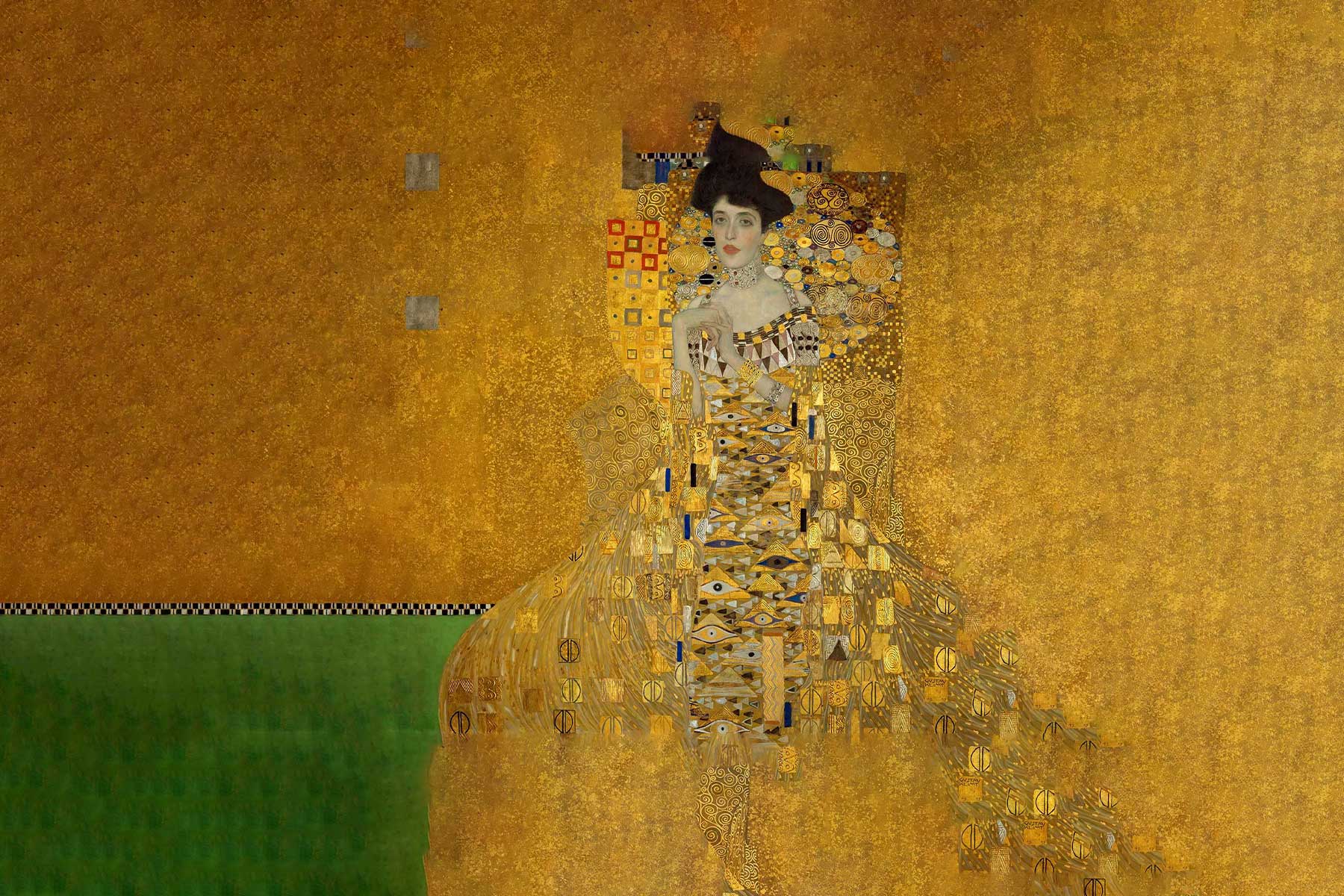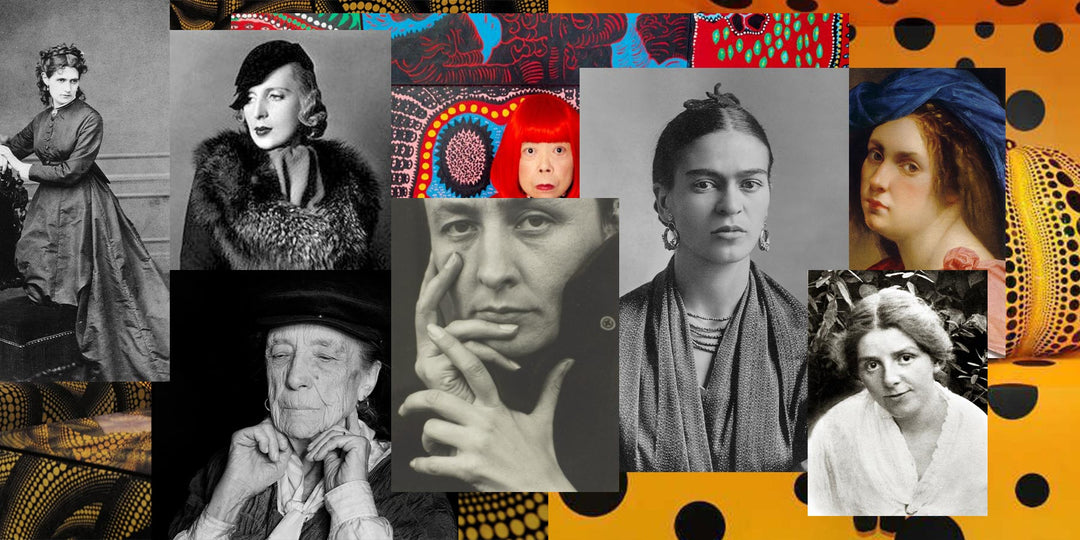The Creative Genius of Henri Matisse: A Journey Through His Art, Style, and Life
“An artist must own nature. He must identify with their rhythm, through efforts that prepare the mastery that will later allow him to express himself in his own language.” – Henri Matisse
Introduction: The Silent Revolutionary
When discussing the greats of 20th century art, names like Picasso, Dalí and Warhol often dominate the conversation. But Henri Matisse, a quiet revolutionary, should never fade into the background. This French master left an indelible mark with his innovative contributions to modern art. Matisse's approach to creativity was unique and bold, and fundamentally changed our perception of art. Let's delve deeper into the creative mind of Henri Matisse, exploring his artistic development, his distinctive style and the captivating story of his life.
The Roots of Creativity: Matisse's Artistic Awakening
Modest beginnings
Henri Émile Benoît Matisse was born on December 31, 1869 in the small town of Le Cateau-Cambrésis in northern France. His early years were far removed from the vibrant world of art that he would later inhabit. Initially, Matisse was on the path to becoming a lawyer, following a conventional and safe career path.
A life-changing illness
The course of Matisse's life changed dramatically during his recovery from severe appendicitis. To pass the time, his mother brought him art materials, which sparked a passion that would define his life. This newfound love of painting led Matisse to abandon his law studies and pursue a career in art.
Training and early influences
In 1891, Matisse moved to Paris, the epicenter of the art world, to formally study art. He enrolled at the Académie Julian and later at the prestigious École des Beaux-Arts. Matisse's early works were heavily influenced by the traditional techniques of the Old Masters. But as he immersed himself in the avant-garde movements of Paris, he began to break away from conventional styles and paved the way for his revolutionary approach.
The Birth of Fauvism: Wild Beasts of Color
The Fauvist movement
At the beginning of the 20th century, Matisse emerged as the leader of the Fauvist movement. Fauvism, derived from the French word “fauves” for “wild beasts,” was characterized by its radical use of color and bold brushwork. This movement rejected the realistic color schemes and perspectives of traditional art, instead favoring a vibrant, emotional palette.
Woman with a Hat (Frau mit Hut), 1905

One of the most iconic works from Matisse's Fauvist period is “Femme au chapeau” (Woman in a Hat, 1905). This work was both shocked and admired for its bold use of non-naturalistic colors. Matisse's wife Amélie served as a model and was depicted in striking colors such as green, blue and orange. This painting embodied Matisse's belief that color should be a means of expression and not just representation.
Luxury, Calm and Pleasure (1904)

Another important work of this period is “Luxe, Calme et Volupté” (1904). This painting embodies the essence of Fauvism with its bold, flat areas of color and dynamic composition. The title, meaning “Luxury, Tranquility and Pleasure,” was inspired by a poem by Charles Baudelaire and reflects Matisse's desire to convey emotions and sensory experiences through his art.
Development and Innovation: Beyond Fauvism
Beyond Fauvism
As the initial enthusiasm for Fauvism waned, Matisse continued to develop his style. He moved away from the aggressive colors and broad brushstrokes of his Fauvist phase and explored a more nuanced and harmonious approach to composition and color.
The Dance (La Danse), 1910

One of the most celebrated works from this period is The Dance (La Danse, 1910). This painting, commissioned by Russian art collector Sergei Shchukin, depicts five nude figures dancing in a circle against a vibrant blue and green background. The simplicity and fluidity of the figures convey a sense of joy and movement and demonstrate Matisse's mastery of form and color.
The Paper Cuts: A New Medium, a New Mastery
Adaptation to physical limitations
In the later years of his life, Matisse suffered from health problems that made it difficult for him to paint using traditional methods. Instead of letting these challenges stifle his creativity, he turned to a new medium: paper cutting. This innovative technique involved cutting out shapes from colored paper and arranging them into intricate compositions.
The Blue Files (Les Nus Bleus, 1952)

The series " Les Nus Bleus " (The Blue Nudes, 1952) illustrates Matisse's ingenuity with this new medium. These cut-outs, which depict stylized female forms in various poses, are known for their fluid lines and vibrant colors. Despite the simplicity of the medium, these works are imbued with a deep sense of movement and emotion.
Jazz (1947)

Another notable work from this period is Jazz (1947), a book of prints based on Matisse's papercuts. The bold, abstract designs in “Jazz” are accompanied by the artist’s handwritten notes, providing insights into his creative process and philosophy. This work underlines Matisse's belief that art should be a celebration of life, full of joy and spontaneity.
The Man Behind the Art: Personal Struggles and Triumphs
Resilience in adversity
Matisse's life was marked by personal struggles, including illness and financial difficulties. However, his unwavering passion for art and his relentless pursuit of creativity enabled him to overcome these challenges. His resilience is a testament to his dedication to his craft and his belief in the transformative power of art.
Legacy and Influence
Henri Matisse died on November 3, 1954, but his legacy continues to resonate throughout the art world. His pioneering use of color and form has inspired countless artists and his works remain a staple of modern art. Matisse's ability to continually evolve and innovate serves as a lasting inspiration for artists and art lovers alike.
Conclusion: Embrace the spirit of Matisse
Henri Matisse's journey through the art world was one of constant exploration and innovation. From his early days influenced by the Old Masters, to his bold experiments with Fauvism, to his later mastery of paper cuts, Matisse never stopped pushing the boundaries of creativity. His life and work remind us that true art is adapting, finding beauty in limitations, and expressing life's deep joy through color and form.
Be brave, be like Matisse
In the ever-evolving world of art, Matisse's legacy challenges us to embrace the unconventional, dance with color outside the lines, and find beauty in the unexpected. As we explore our own creative paths, let us be inspired by the spirit of Matisse - boldly expressing our unique visions and leaving our mark on the world's canvas.
For more inspiration, delve into the stories of today's talented artists in our Henri Matisse collection on artlia.
















